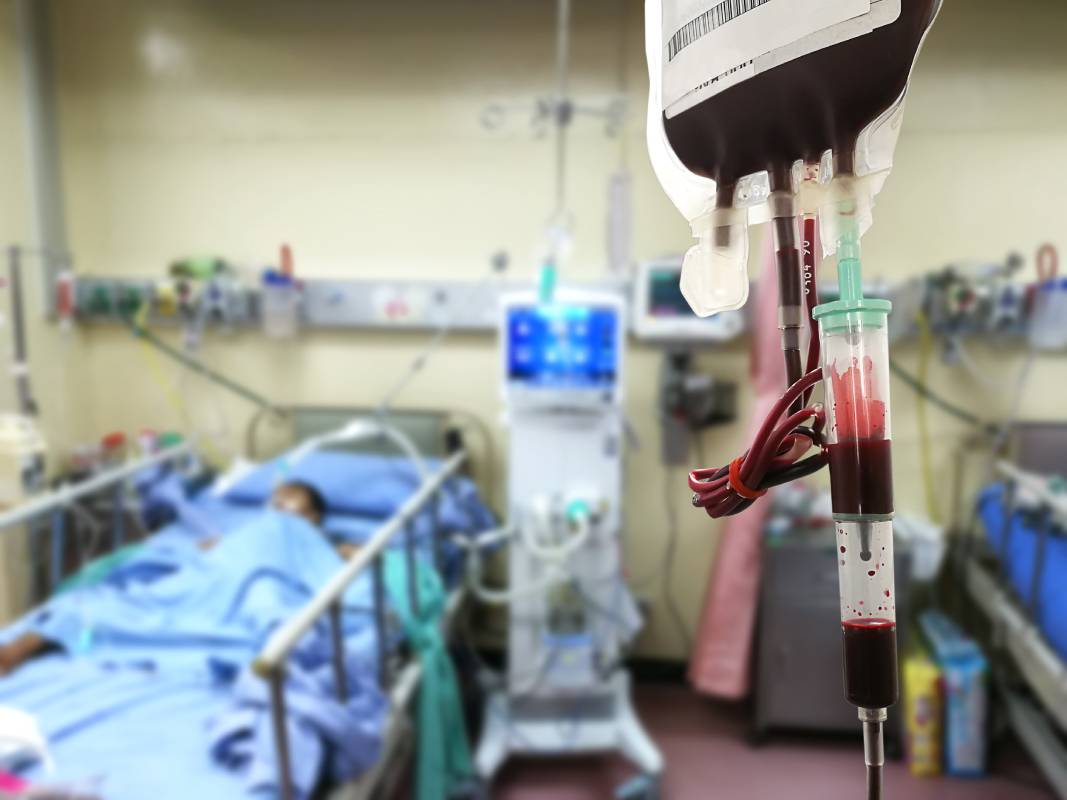Nerve Blocks for the Lower Leg
Nerve blocks for the lower leg have become an indispensable tool in modern anesthesia and pain management. These procedures involve the targeted injection of local anesthetics or other medications near specific nerves in the lower extremity to block pain signals, providing effective analgesia for various surgical procedures, acute injuries, and chronic conditions. From ankle surgeries to fracture management and chronic pain syndromes, lower leg nerve blocks offer a safe and efficient alternative or adjunct to general anesthesia and systemic analgesics.
Lower leg nerve blocks offer several advantages over systemic analgesia and general anesthesia. Nerve blocks precisely target specific nerves, resulting in localized anesthesia and minimal systemic effects, reducing the need for opioid analgesics and minimizing postoperative complications. They also facilitate early ambulation, faster postoperative recovery, and improved patient satisfaction compared to traditional analgesic techniques, leading to shorter hospital stays and quicker return to daily activities.
Understanding the anatomy of the lower leg is crucial for performing nerve blocks effectively. The lower leg contains several major nerves that supply sensation and motor function to different regions. The largest nerve in the body, the sciatic nerve, divides into the tibial and common peroneal nerves at the level of the knee. These branches innervate the posterior and lateral compartments of the leg, respectively. Located in the anterior thigh, the femoral nerve extends into the lower leg, supplying sensation to the anterior thigh, medial leg, and foot dorsum; a branch of the femoral nerve, the saphenous nerve, innervates the medial aspect of the lower leg and foot. Finally, arising from the lumbar plexus, the obturator nerve provides sensory innervation to the medial thigh and occasionally contributes to sensation in the lower leg 1.
Nerve blocks target specific nerves or nerve plexuses in the lower leg to achieve analgesia for various surgical and medical indications 2. These include the popliteal sciatic, femoral, saphenous, and ankle nerve blocks.
The popliteal sciatic nerve block targets the sciatic nerve as it traverses the popliteal fossa behind the knee. It provides anesthesia to the posterior thigh, knee, and entire lower leg, making it suitable for procedures such as ankle surgeries and foot reconstructions.
A femoral nerve block, meanwhile, is administered at the level of the inguinal crease and is effective for providing anesthesia to the anterior thigh, knee, and medial leg. It is commonly used for knee surgeries, including arthroscopy and anterior cruciate ligament (ACL) reconstruction.
A saphenous nerve block is often performed in conjunction with a femoral nerve block. The saphenous nerve block targets the saphenous nerve’s sensory branches, providing additional analgesia to the medial aspect of the lower leg and foot.
Finally, ankle blocks target the terminal branches of the sciatic and tibial nerves around the ankle joint, providing anesthesia for foot and ankle surgeries, such as fracture repairs and soft tissue procedures.
Nerve block techniques can be landmark-guided or ultrasound-guided. Ultrasound guidance increases the effectiveness of the nerve block while decreasing complications when compared with other techniques 3.
However, lower leg nerve blocks require proper technique and anatomical knowledge to minimize the risk of complications such as nerve injury, vascular puncture, and local anesthetic toxicity. Additionally, patient screening is critical. Patients with coagulopathies or infections at the injection site are not suitable candidates for nerve blocks 4.
Nerve blocks for the lower leg play a vital role in modern anesthesia and pain management, offering targeted analgesia, reduced opioid consumption, and enhanced recovery for various surgical and medical procedures. With proper training and expertise, healthcare providers can harness the benefits of lower leg nerve blocks to optimize patient outcomes and improve perioperative care.
References
1. Lower extremity nerve blocks: Techniques – UpToDate. Available at: https://www.uptodate.com/contents/lower-extremity-nerve-blocks-techniques. (Accessed: 28th March 2024)
2. Lower Extremity Blocks – StatPearls – NCBI Bookshelf. Available at: https://www.ncbi.nlm.nih.gov/books/NBK470184/. (Accessed: 28th March 2024)
3. Nerve Blocks: Part II. Lower Extremity | AAFP. Available at: https://www.aafp.org/pubs/afp/issues/2020/0601/p669.html. (Accessed: 28th March 2024)
4. Nerve blocks for leg, foot or ankle surgery | NHS Fife. Available at: https://www.nhsfife.org/services/patients-carers-and-visitors/preparing-for-surgery/general-information-about-your-anaesthetic/nerve-blocks-for-leg-foot-or-ankle-surgery/. (Accessed: 28th March 2024)
More From The Blog

Role of Anesthesiologists in Patient Blood Management
Patient blood management is an evidence-based, multidisciplinary approach aimed at optimizing the care of patients who require a blood transfusion. It focuses on minimizing blood

Common Adult ENT Procedures in the Outpatient Setting
A number of Ear, Nose, and Throat (ENT) procedures can be performed in outpatient settings. These procedures are typically minimally invasive, allowing patients to return home the same day without the need for extended recovery in a hospital.